Rikuzentakata, Iwate Prefecture
| Travel Reports by Villagemayor | view profile of Villagemayor |
| previous post |
| next post |
| Note: The opinions and views expressed in this user report are those of the individual author and do not necessarily reflect the opinions and views of japan-guide.com. |
November 29, 2015 - Rikuzentakata, Iwate Prefecture
I had always wanted to witness for myself the reconstruction efforts that have been taken place since the 2011 Great East Japan Earthquake. We have all seen the destruction this natural disaster had caused from the news and social media. Videos of the tsunami cropping up days and weeks after the event.
As part of my solo trip to Japan, I decided to spend a day travelling to Rikuzentakata from Sendai, my home base of several days. Taking the Shinkansen to Ichinoseki then taking the 87 minute long train ride on the JR Ofunato Line, I arrived at Kesennuma around noon. Because the original rail infrastructure was washed away, the BRT to Rikuzentakata replaced its service. As a foreigner it was actually easy to travel because of the English way finding signs.
The bus trip was pretty good actually and you can see the rural side of Japan most tour guides glance over. But the devastation of the tsunami became apparent.
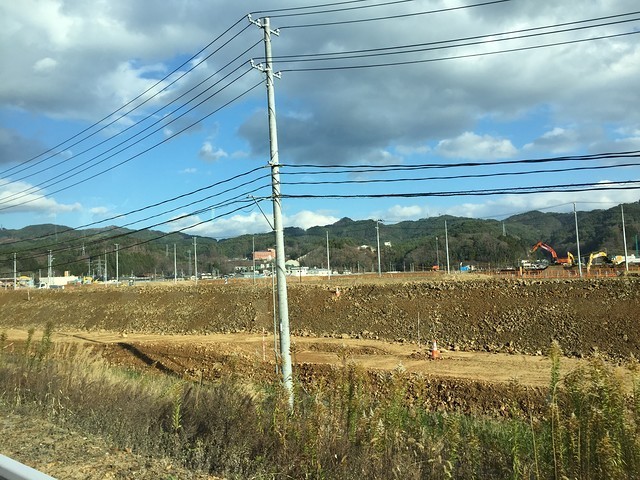
At Kesennuma, areas of town to the north is undergoing reconstruction. The road network has been temporarily rerouted to allow for land to be assembled for future redevelopment. The land itself is being raised and is higher than the road itself. New utilities infrastructure is being installed as well.
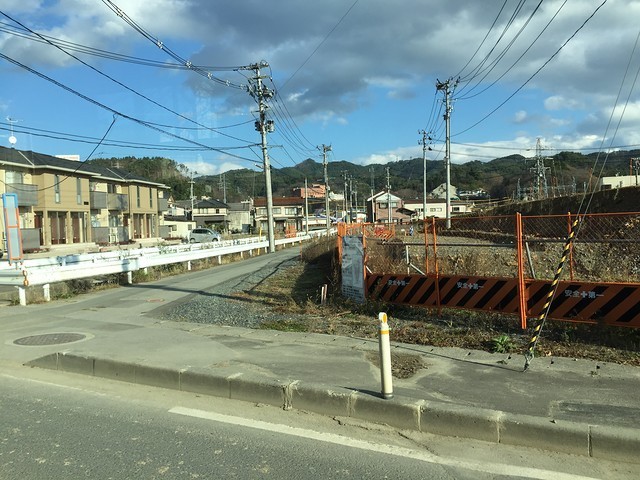
This part of town appears to be one huge construction site. No buildings are actually constructed at this time, and probably not until Summer 2016.
The bus continues its trek northbound. The Sanriku Coast is actually very beautiful, and hope this area fully recovers. As we approach Rikuzentakata, there are more redevelopment and new industrial parks constructed.
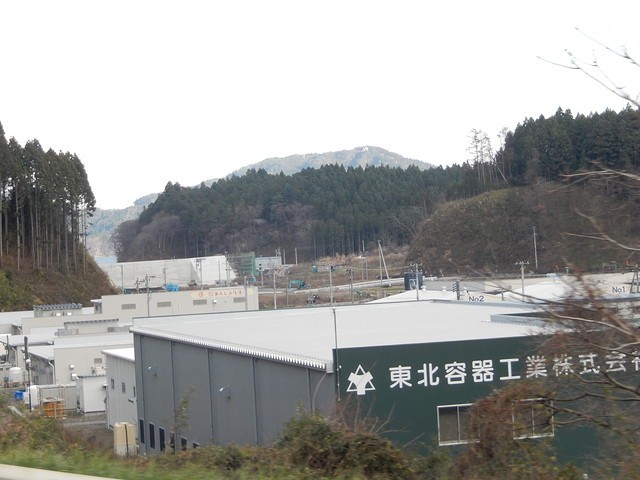
This photo above is right on the outskirts of Rikuzentakata, with brand new buildings and employees. There is also a berm and harbour to the background to (hopefully) prevent any future tsunami destruction.
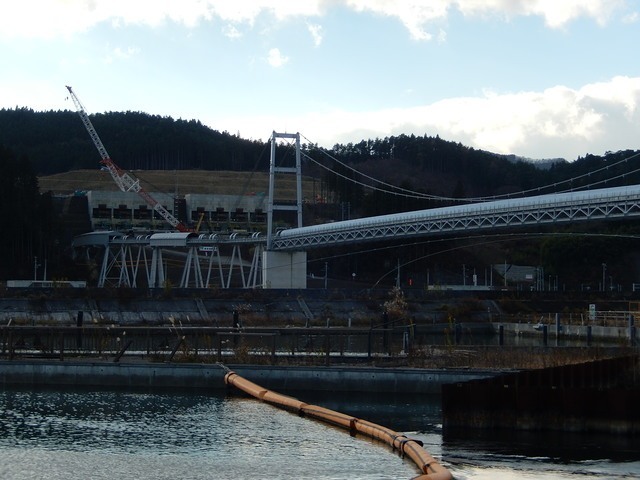
In previous reports from this website, it is well documented the reconstruction efforts going on in Rikuzentakata. An update as of late-November 2015 shows the huge berms built on the former town has now been complete, and the conveyor belts are now being removed one at a time. The huge sorting facility up on the hill, and the conveyor belt bridge over the river, is still present.
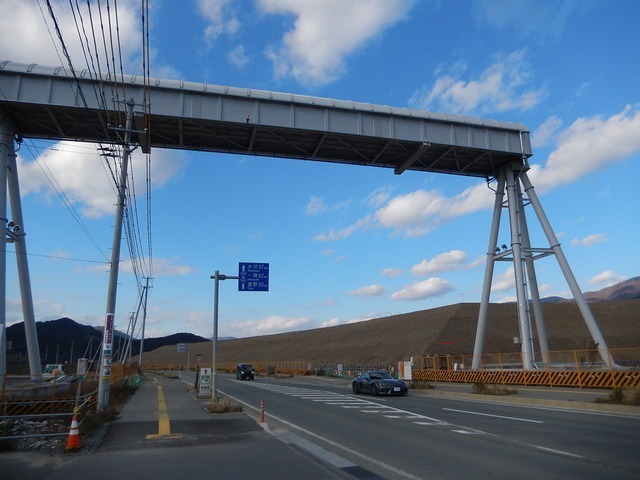
These berms probably reach a good 30 to 40 feet, probably the height of the tsunami. The conveyor belt in the foreground is still present.
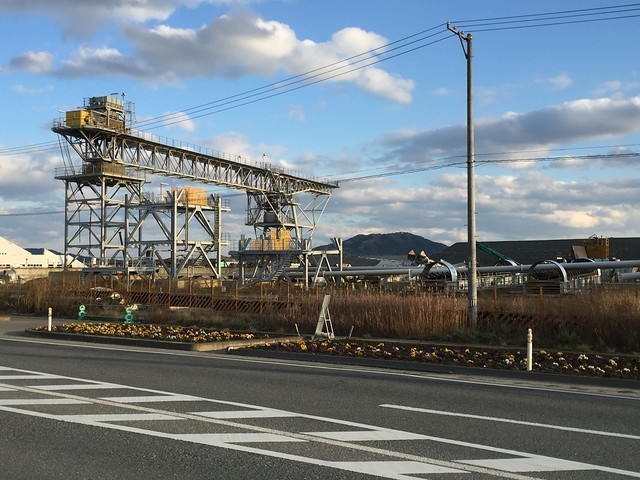
Along the coast the remains of the belt system is being stored, probably either smelted or reused.
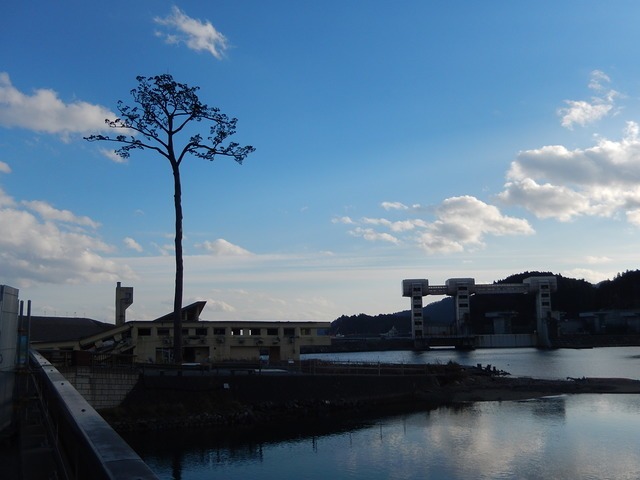
Probably the most photographed part of town. The Miracle Pine and the remnant buildings in the back.
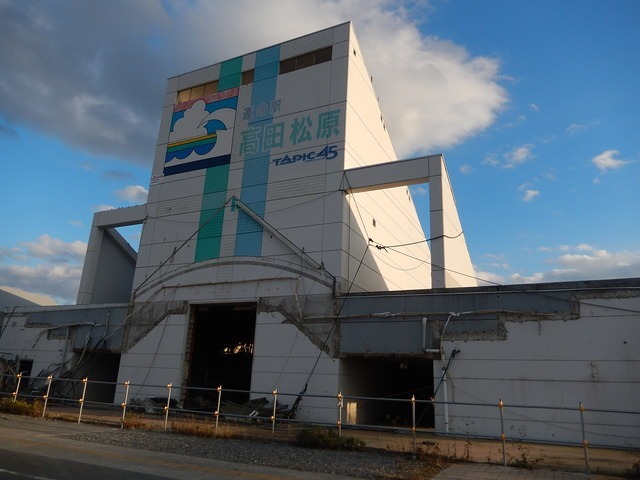
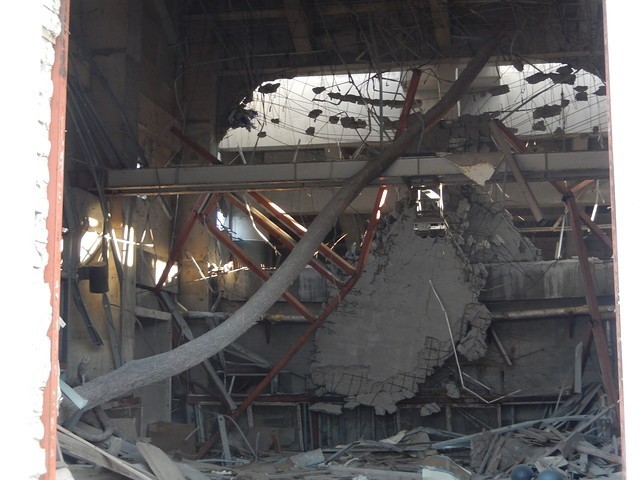
Further along the coast is a building left standing as a reminder of how powerful the tsunami was. The inside of the building remains in full view. What appears to be a pine tree trunk from the oceanside forest is inside the building.
Overall the trip was sombre but there was a glimmer of hope for these towns. The government is spending trillions of Yen for disaster prevention and also economic stimulation. But these places cannot do it without tourism. Please come to this area and support the local economy.
| previous post |
| next post |
